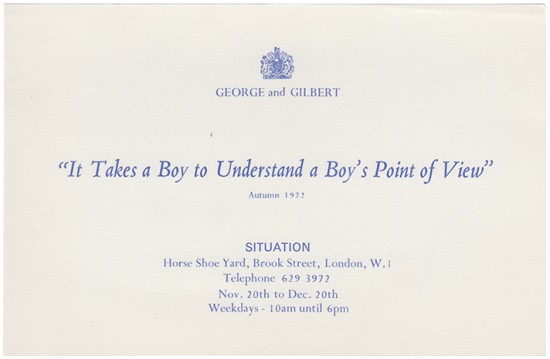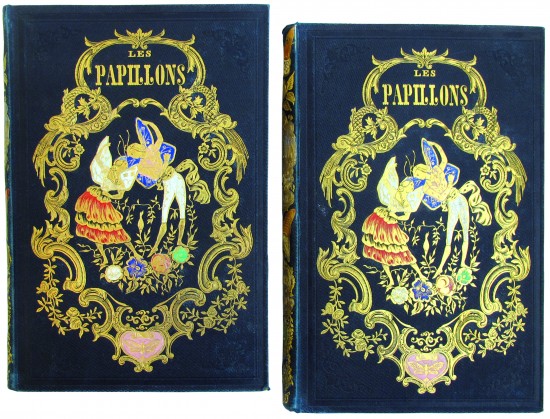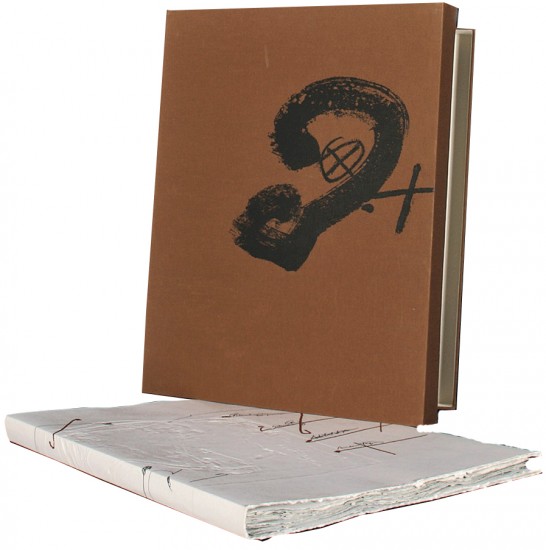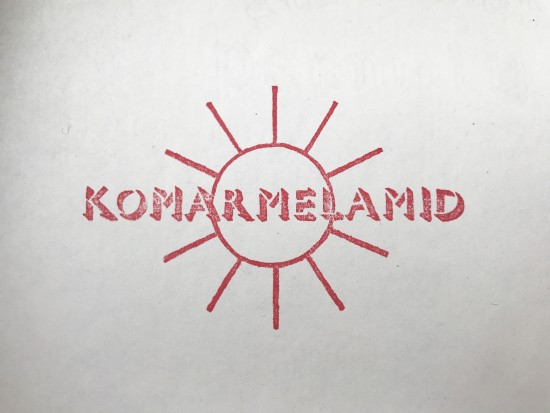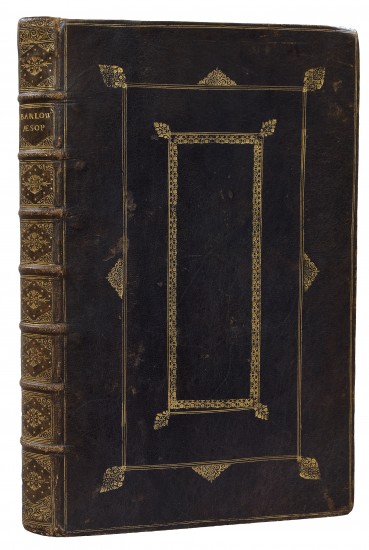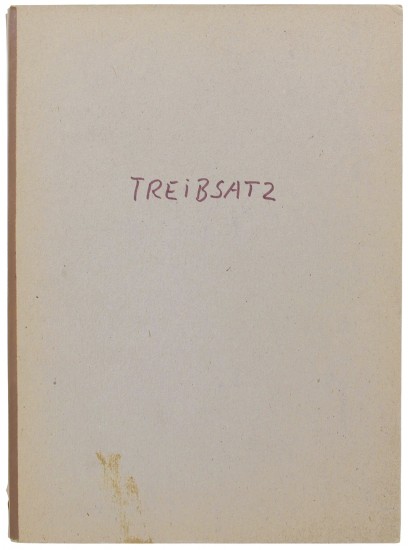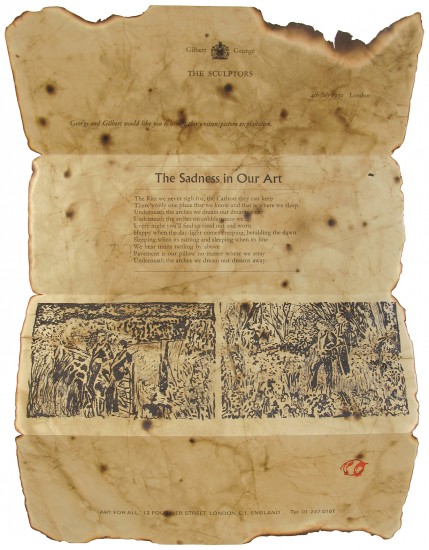Observations on the Theory and Practice of Landscape Gardening. Including some remarks on Grecian and Gothic Architecture, collected from various manuscripts, in the possession of the different Noblemen and Gentlemen
Repton, Humphry
London. Printed by T. Bensley ... for J. Taylor, at the Architectural Library, High Holborn. 1803
Sold
First edition of Repton's classic work on landscape gardening in contemporary green morocco.
Humphry Repton was arguably the main successor to Lancelot 'Capability' Brown as an improver of grounds for the English gentry in the late eighteenth century (he was satirised by Thomas Love Peacock as Marmaduke Milestone for his use of picturesque monogrammed milestones in some of his works). He was particularly noted for his method of making watercolour drawings of the grounds upon which he was asked to advise, with his proposed alterations displayed on an overlay. Repton's landscapes displayed his preference for a gradual transition between house and grounds by means of terraces, balustrades and steps.
Textually this is Repton's most valuable work, for two main reasons: it contains long quotations from some very important Red Books which are now lost (those for Corsham, Bulstrode, Shardeloes, and West Wycombe), and it is Repton's major contribution to the evaluation of Lancelot Brown. Although critical of some minor details the general tone of these passages is full of praise for the memory of the great gardener, and an able defence against the criticisms voiced by the theoreticians, Payne Knight and Uvedale Price.
[Abbey Scenery 390; Tooley 399].
Humphry Repton was arguably the main successor to Lancelot 'Capability' Brown as an improver of grounds for the English gentry in the late eighteenth century (he was satirised by Thomas Love Peacock as Marmaduke Milestone for his use of picturesque monogrammed milestones in some of his works). He was particularly noted for his method of making watercolour drawings of the grounds upon which he was asked to advise, with his proposed alterations displayed on an overlay. Repton's landscapes displayed his preference for a gradual transition between house and grounds by means of terraces, balustrades and steps.
Textually this is Repton's most valuable work, for two main reasons: it contains long quotations from some very important Red Books which are now lost (those for Corsham, Bulstrode, Shardeloes, and West Wycombe), and it is Repton's major contribution to the evaluation of Lancelot Brown. Although critical of some minor details the general tone of these passages is full of praise for the memory of the great gardener, and an able defence against the criticisms voiced by the theoreticians, Payne Knight and Uvedale Price.
[Abbey Scenery 390; Tooley 399].
(16), 222, (ii). Folio. (358 x 295 mm). Stipple engraved portrait of the author by W. Holl after S. Shelley, 27 engraved or aquatint plates (including 12 hand-coloured, 3 tinted, 12 uncoloured; 12 with overslips, 1 folding, 1 double-page), numerous engraved, wood-engraved or aquatint vignettes and illustrations, 2 with overslips. Full contemporary green morocco by H. Walther with his ticket to verso of front free endpaper, boards with triple rules in gilt, banded spine with title gilt and elaborate gilt decoration in six compartments, turn-ins with Greek key roll pattern, marbled endpapers, a.e.g.
#37923


